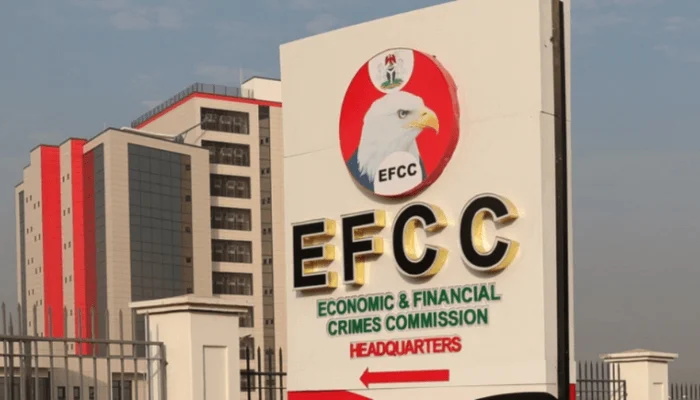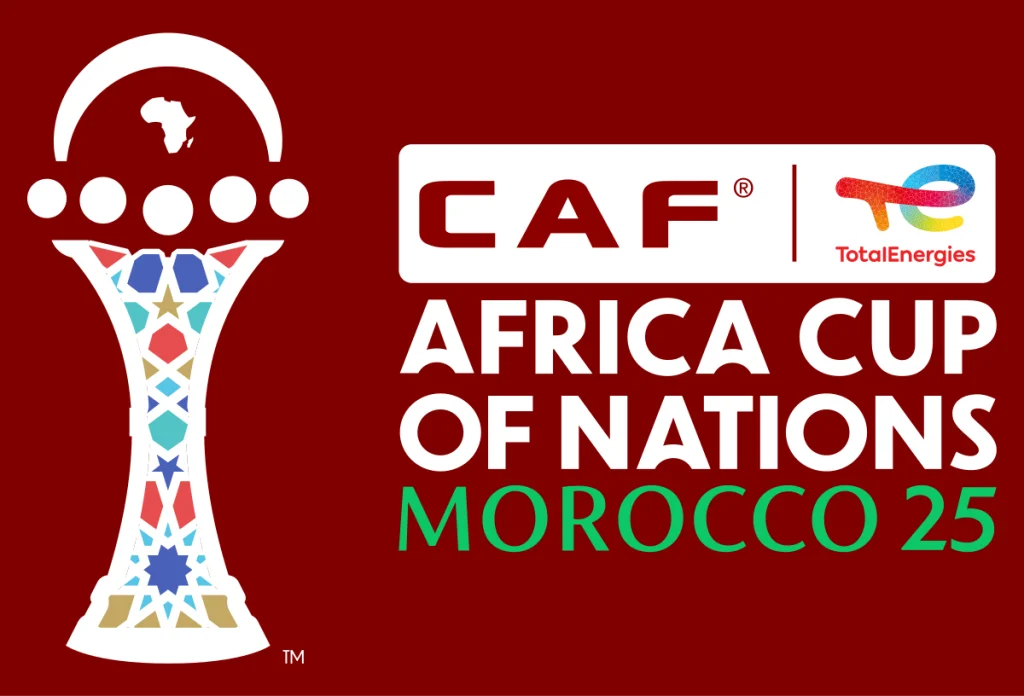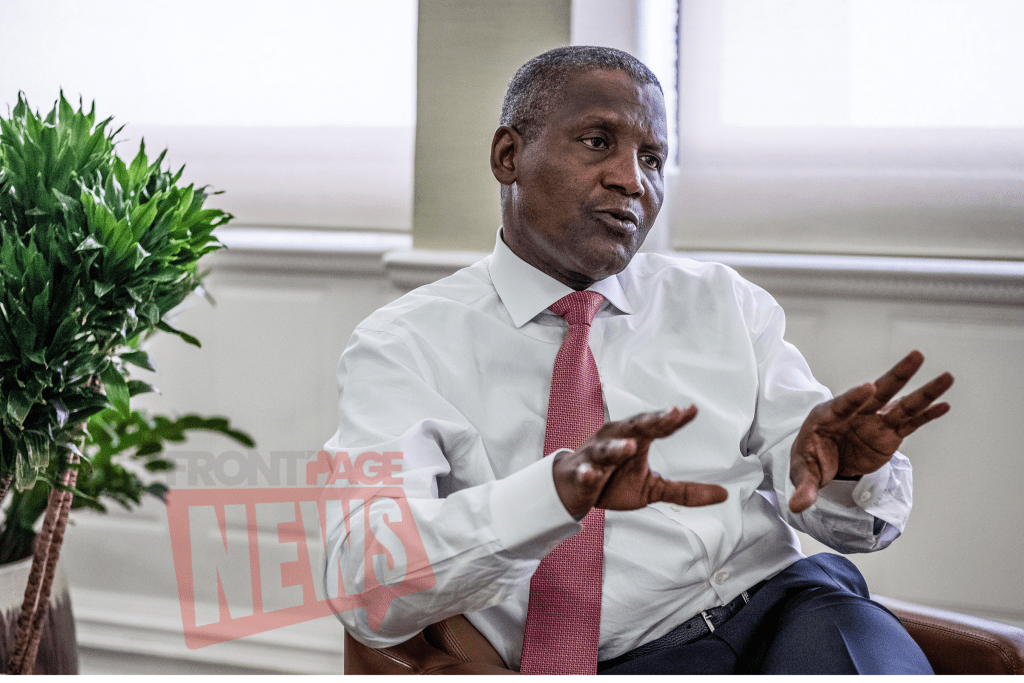Gold is poised to reach unprecedented heights, with global investment bank Citi projecting that prices could surge to $3,500 per ounce within the next three months. This bold forecast comes in the wake of mounting economic uncertainty in the United States, rising inflationary pressures, and escalating geopolitical tensions, which have combined to fuel demand for traditional safe-haven assets.
In an updated market note released Monday, Citi analysts raised their three-month price target for gold from a previous estimate of $3,300 to a more bullish $3,500 per ounce. Alongside the price revision, Citi also widened its projected trading range, now anticipating fluctuations between $3,300 and $3,600, up from an earlier forecast of $3,100 to $3,500.
Weaker U.S. Economy Strengthens Bullish Case for Gold
Citi’s optimistic projection is grounded in a confluence of weakening macroeconomic indicators in the United States. The investment bank specifically pointed to sluggish labor market performance in the second quarter of 2025 as a critical factor. According to recent government data, U.S. employers added only 73,000 jobs in July, a modest number that followed an already downwardly revised figure of 14,000 in June.
This declining trend in nonfarm payroll growth has reignited speculation that the Federal Reserve may cut interest rates in an effort to stabilize the economy. Supporting this sentiment, the CME FedWatch Tool—a closely monitored gauge of market expectations—now places the probability of a rate cut in September at 81%.
Lower interest rates typically make non-yielding assets like gold more attractive, especially to institutional investors seeking refuge from declining bond yields and equity market volatility. As rate cut expectations continue to mount, so too does investor interest in precious metals.
A Weakening U.S. Dollar Adds Further Momentum
In tandem with deteriorating labor market data, the U.S. dollar has shown signs of weakening, a development that further bolsters gold’s upward trajectory. Because gold is denominated in dollars, a weaker dollar makes the metal cheaper and more accessible to international buyers, thereby driving up demand.
Analysts at Citi stated, “U.S. growth and tariff-related inflation concerns are set to remain elevated during the second half of 2025, which, alongside a weaker dollar, are likely to drive gold moderately higher to new all-time highs.”
This outlook reflects broader skepticism around the health of the U.S. economy and the Federal Reserve’s ability to manage inflation without triggering a recession. It also underscores growing institutional doubts about the credibility of U.S. economic data, which some investors feel has painted an overly optimistic picture.
Geopolitical Flashpoints Elevate Safe-Haven Appeal
In addition to domestic economic concerns, Citi pointed to rising global tensions as another major catalyst for gold’s recent and projected price surge. The Russia-Ukraine conflict continues to drag on with no clear end in sight, generating instability across European and global markets.
More recently, international relations have been further complicated by new trade measures introduced by President Donald Trump. In a controversial move, the administration implemented steep tariffs on exports from several major trading partners, including Canada, Brazil, India, and Taiwan. The tariffs cover a wide range of goods and have sparked fears of a return to prolonged trade wars that rattled global markets during Trump’s first term.
Speaking on CBS’s Face the Nation on Sunday, U.S. Trade Representative Jamieson Greer stated that the new tariffs are unlikely to be reversed in the near term. “The tariffs imposed last week on scores of countries are likely to stay in place rather than be cut as part of continuing negotiations,” he said.
Such developments have reinforced gold’s status as a preferred hedge against geopolitical risk, with investors increasingly shifting capital toward assets that retain value amid international uncertainty.
Gold Demand Sees Explosive Growth Across Sectors
Citi also highlighted the diversification of gold demand as a key element of its bullish forecast. Since mid-2022, gross global gold demand has surged by more than 33%, nearly doubling prices as of the second quarter of 2025.
The rally has been driven by several converging forces:
-
Strong institutional investment flows, particularly from hedge funds and sovereign wealth funds seeking portfolio protection
-
Steady central bank purchases, particularly from emerging markets aiming to diversify away from dollar-based reserves
-
Resilient consumer demand for jewelry and luxury items, especially in Asia, despite elevated prices
This multi-channel demand has provided a stable and broad-based foundation for gold’s current price movement, making the rally more sustainable than in previous cycles dominated by speculative buying.
At 03:40 GMT on Monday, spot gold was trading at $3,356.88 per ounce, edging closer to Citi’s newly revised short-term target of $3,500. If current momentum continues, gold is likely to hit new record highs in the near future.
Inflation Concerns Remain Front and Center
Inflation remains a central concern in the gold market outlook. While headline inflation has moderated from its peak, tariff-induced price pressures threaten to revive consumer and producer inflation in the months ahead. The newly introduced tariffs on imports from key trading partners are expected to raise the cost of goods, from raw materials to finished products.
This supply-side inflation, combined with sluggish growth and weak labor figures, places the Federal Reserve in a difficult position. Should the central bank cut rates to stimulate growth, it risks further inflationary pressure. However, if it holds rates steady, economic stagnation could deepen.
Gold, in this environment, serves as a critical inflation hedge, offering investors a store of value that doesn’t erode under rising price levels.
Investor Sentiment Turning Sharply Bullish
Investor sentiment toward gold has shifted markedly in recent months. Analysts report increasing inflows into gold-backed exchange-traded funds (ETFs) and rising demand for physical bullion. The uncertainty around both monetary policy and geopolitical developments has made gold a strategic asset in portfolios that previously leaned heavily on equities and real estate.
Even among retail investors, interest in gold has spiked, with searches for terms like “best time to buy gold” and “gold price forecast” trending across financial platforms.
As institutional confidence in traditional indicators weakens, gold continues to shine as a trusted alternative in times of global turbulence.
Conclusion: A New Era for Gold?
With a deteriorating U.S. economy, a weakening dollar, growing geopolitical instability, and persistent inflation risks, the stage appears set for gold to surge to $3,500 per ounce—and possibly beyond—in the months ahead. Citi’s updated forecast reflects not just short-term market fluctuations but deeper, structural shifts in the global financial system.
Whether gold maintains its momentum will depend on a range of variables, including upcoming Federal Reserve policy decisions, developments in international trade, and continued investor risk aversion. For now, however, the message from the markets is clear: gold is back in favor, and its upward march may be far from over.












